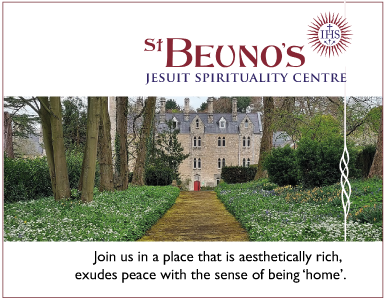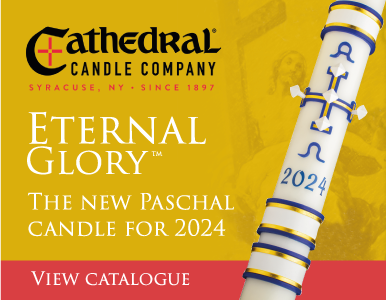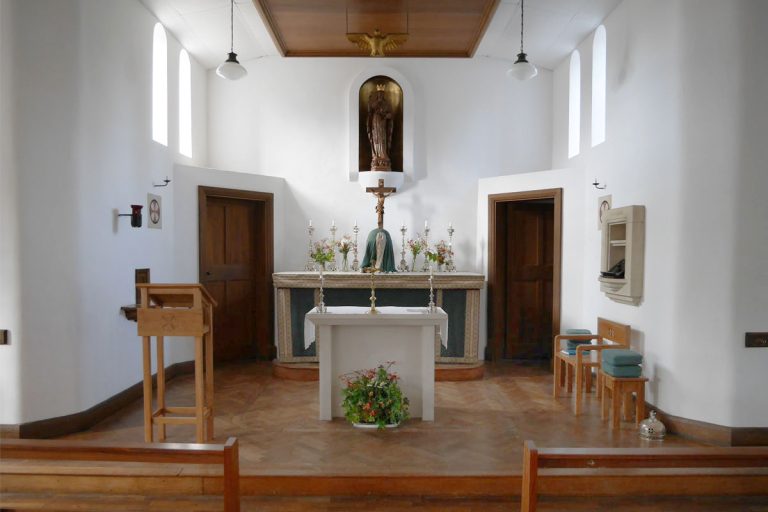Sorry, no records were found. Please adjust your search criteria and try again.
Sorry, unable to load the Maps API.
A CHURCH in Powys has been granted interim protection due to its special architectural interest to the area.
The Catholic Church of Christ the King, in Builth Wells, is under consideration for listed building status, with a consultation period closing on July 28.
The interim protection notices also includes the forecourt walls, gate and gate piers associated with the church, which is situated on Garth Road, opposite Builth Cricket Club.
The church is being considered for Grade II-listed protection, afforded to buildings of special interest.

Interim protection has been granted by Cadw, the organisation which works to protect Wales’ historic buildings and structures, as well as landscapes and heritage sites.
A Cadw spokesperson said: “The listing is currently at the consultation stage, and while this is underway the building benefits from interim protection.
“A formal decision on listing will be made next month.
A Cadw report, commissioned for the consultation, said: “The church (which celebrated its 70th anniversary in May) has been afforded interim protection under the Planning (Listed Building and Conservation Areas) Act 1990.
“It is an offence to damage this structure and you may be prosecuted.”
It has been put forward for consideration due to its special architectural interest as a well detailed Catholic church from the post-war period.
Opened on May 21, 1953, Christ the King has survived largely intact and retains a range of high-quality original fittings and furnishings. It is also of special historic interest for its connection to Father J B O’Connell, the parish priest and an important liturgical scholar and writer who was instrumental in the building’s construction.
Christ the King is an embodiment of his approach to church design. “While the building is not considered groundbreaking or advanced in its layout it predates the changes brought about by the Second Vatican Council – its importance lies in its coherence, attention to detail and considered overall design,” added the Cadw report.
At the start of the 20th Century the Builth and surrounding area was without a Catholic church or priest. Visiting priests did provide occasional ministry but there was no permanent priest until 1907 when Fr Patrick Kane took up residency in Llandrindod Wells. It wasn’t until 1936 that mass was offered in Builth, in a room in the Crown Hotel (now Barclays Bank) that was later made into a chapel.
The Builth chapel and mission was taken over by Fr O’Connell, who had a particular interest in the design and arrangement of churches.
There was only a small congregation of Catholics at that time, but O’Connell was able to secure a legacy of £6,000 for the construction of a new church.
Architects from Merthyr Tydfil designed the church, which was built by a Hereford firm.
___________________
SOURCE:

https://www.countytimes.co.uk/




































